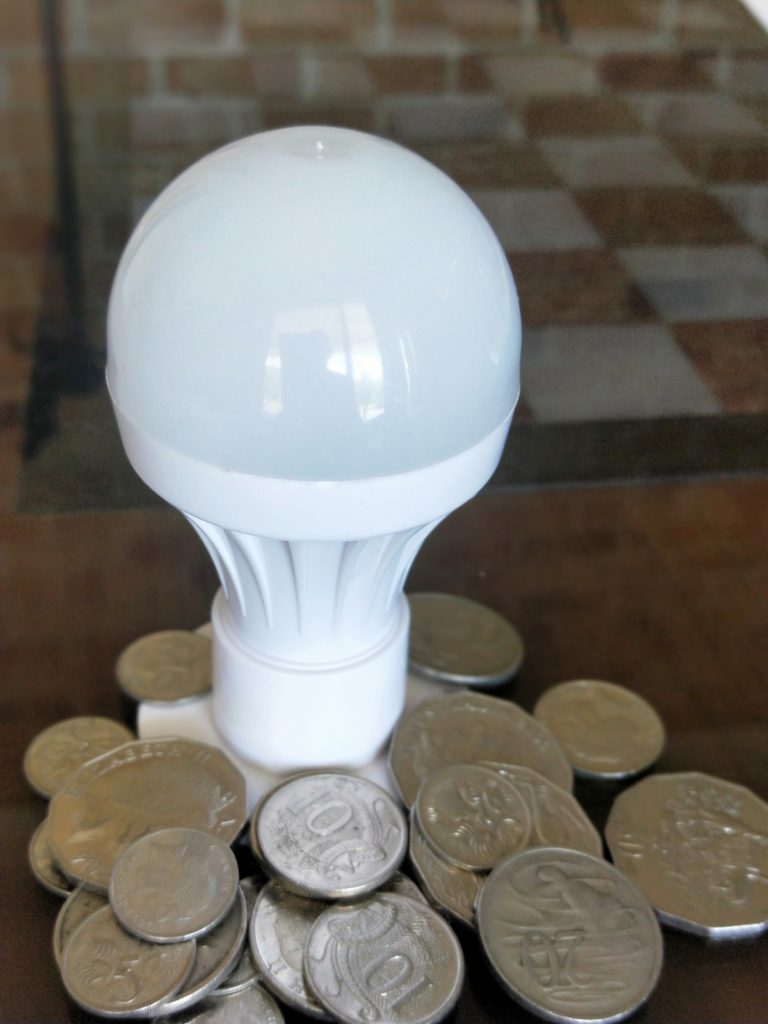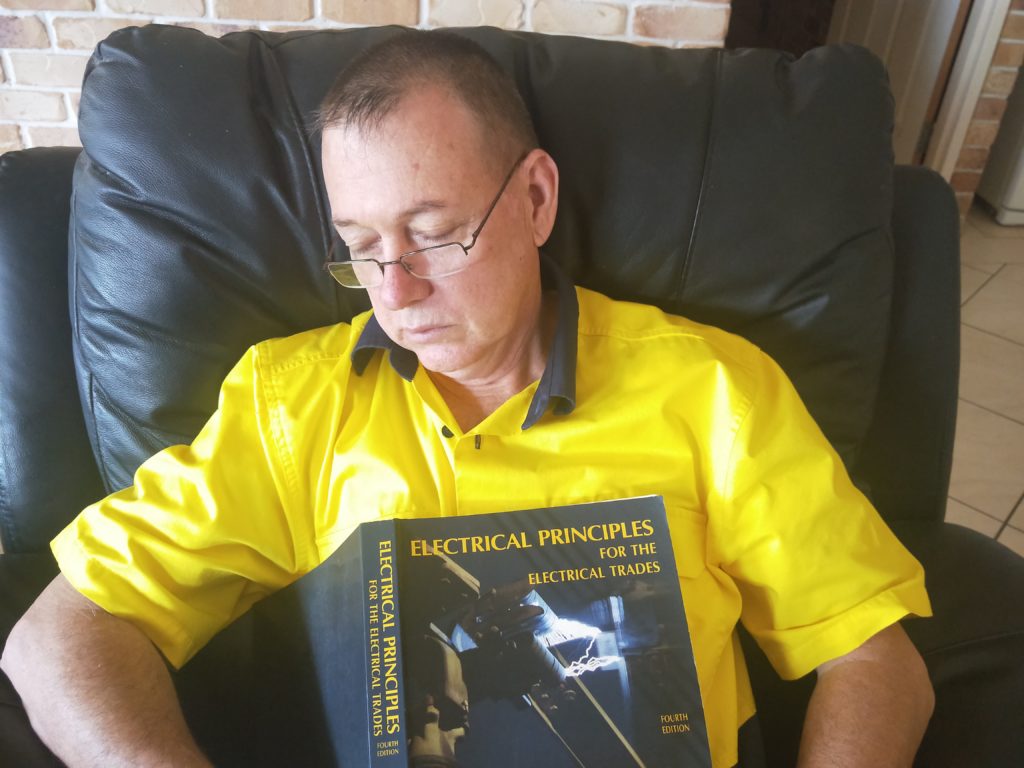 Electricity Power Savers, Do They Really Work?
Electricity Power Savers, Do They Really Work?
Who wouldn’t want a gadget that you can buy on eBay that simply plugs into a power outlet in your home and cuts your electricity bill in half? My guess would be that everybody would want one.
If your yearly electricity bill runs out at over $2000 then wouldn’t it be nice to save a thousand bucks every year. Since many “ Energy Power Saver” models are very frequently on sale from say $69.95 down to $19.95 then what a fantastic investment they would be.
If you shopped around, as most clever buyers do, then you can frequently find the same model, even using the same picture as an illustration, for as low as $5.20. Of course a clever buyer wouldn’t buy one, a clever buyer would buy two because logic would dictate that if one can cut your energy bill in half then two would completely eliminate your electricity bill or at the very worst cut half that bill in half again.
That would leave you with a very manageable electricity bill of only one quarter of its original size. That sounds like a fantastic deal even if you have to pay the postage and handling. Of course many of the retailers will explain to you quietly that the electricity companies don’t want to know about these gadgets. Of course it is in your electricity company’s best interest that you buy more of their electricity but but can a “Power Saver” really cut your electricity bill in half?
A number of models that are frequently sent to my phone and computer, possibly because I try to keep up with what’s going on, look like very high-performance machines even boasting that they can handle as much as 28 kW at a time. A model such as this would be very handy for a suburban household should Mum, dad and the three kids all decided to do some electric welding at the same time, whilst cooking some toast and running a hair dryer.
So, how do they work and if they do work, can you legally use them?
Let’s do the easy question first. Yes you can legally use them.
Although a number of manufacturers claim that you can save even up to 60% on your electricity bill, most units claim a more modest 20 to 40% saving. For the average house that is still worth investigating if the claims are true.
So let’s get into the technical analysis by reminding everyone that Volts multiplied by Amps = Watts, or, more accurately Volts multiplied by Amps multiplied by Power Factor (PF) = Watts. The Power Factor is a coefficient of electrical efficiency and the closer its value is to “1” the more real power you have.
I could go on for two or three pages explaining resistive loads and inductive loads but for those interested parties I will refer you to one of my old textbooks, “ELECTRICAL PRINCIPLES” for the Electrical Trades, by J.R.Jenneson. My copy is the fourth edition which I have fallen asleep underneath many times in my earlier years.
I remember studying with it in a waiting room when I was having some new tyres fitted on a car when an elderly gentleman made comment to me that it would be “riveting reading”. If I can assume for a moment that everyone has read the book cover to cover and understood all the concepts, then we can all agree that correcting the Power Factor on grid supplied electricity to a home would possibly only increase defined reactive load efficiencies.
Unfortunately, (oh no, here comes comes the BUT,) there are a variety of different reactive loads switching on and off at any time both night and day in any normal home. Without being able to consistently monitor and make adjustments for the different types and demands of a home’s plethora of electrical loads, e.g. lights, refrigerator motor, television, air-conditioner, electric stove and etc, then the promised efficiencies will most obviously not be forthcoming.
Should I be taken to task and asked if I have one of these devices and have I
checked one out at my place. Well no I don’t and no I haven’t. I have seen several
of them pulled apart and they are basically just a box with a capacitor
(some models have more than one) inside. >>> LEARN MORE >>>
Could I be wrong about this? I recently read an article about a Nigerian man who had passed away in his apartment with $27 billion in cash which he had apparently been trying to give away for the last 15 years without success because no one would answer his emails. I may have been wrong about him but I think it’s best for you to save your $5.20 and consider some other energy-saving/efficient devices and practices.
John Lynn
Suburban Off Grid Living

